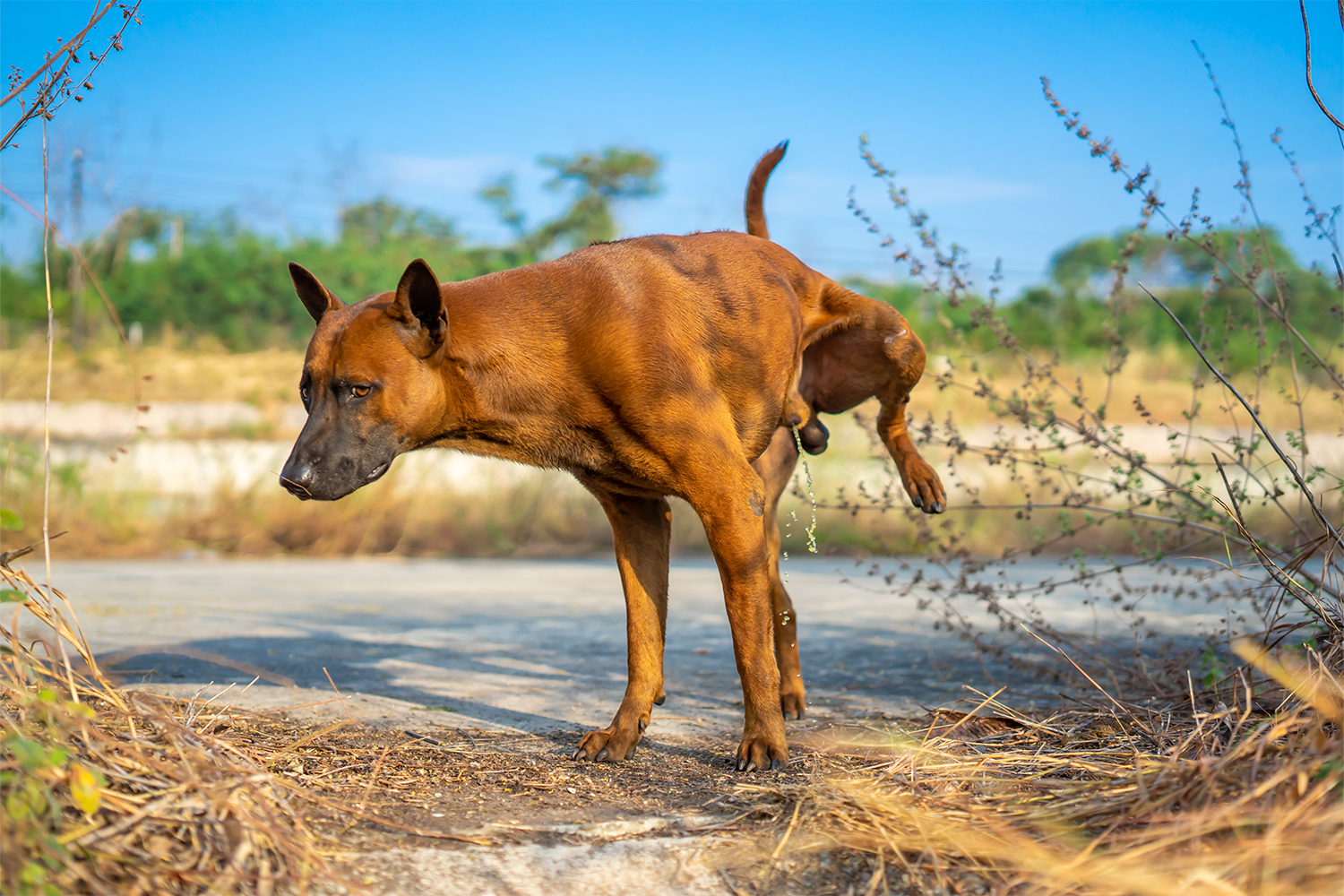When your cat is in pain, there is nothing more that you want to do than resolve it for them. You just want them to go back to kneading biscuits and knocking vases off the countertops. Whether they have a scrape, irritated skin, or abdominal pain, you want to make the ouchie go away ASAP.
There are many different ways that you can help reduce your cat’s pain, both naturally and with the help of medicine. One method is not better than the other, so it’s essential that cat parents are sure they’re doing what’s best for their cat specifically.
If you’re wondering whether or not the medications that you keep in your medicine cabinet are safe for your pets, consult with your veterinarian before administering anything. Very few human medications are safe to use on cats. Those that can be given to them must first be approved by your veterinarian.
We want your cat to feel better as quickly as possible, but keeping them safe and using safe methods is essential for their recovery. Keep reading to learn about the various safe pain medications you can give to your cat in need!
How To Tell If Your Cat Is in Pain
Your cat might be in pain for a variety of different reasons. Some of them might not necessarily require pain medication to get better, but it can help in many cases. The first step to treatment is to identify what the problem is.
There are many signs that your cat might be in pain, such as:
- Changing behaviors and activity levels
- Showing a lack of appetite
- Limping or moving stiffly
- Vomiting
- Refusing to use the litter box or having difficulty eliminating
- Growling when you get too close
- Decrease in grooming
If you notice any of these changes, it’s best to consult with a veterinarian to identify the underlying issue and create a treatment plan.
Causes of Feline Pain
There are a variety of reasons why your pet might be in pain, including:
- Gastrointestinal issues
- Cuts or scrapes
- Post-surgery discomfort
- Infections
- Dental issues
- Conditions like arthritis
All of these will require specific pain medications or relief methods, and not all medications work the same for each ailment.
Safe Pain Medications for Cats
The key to resolving your cat’s pain is to use safe pain relief methods. This means not using human pain medication in order to treat their pain unless a veterinarian has prescribed it to them. Always consult with a veterinarian before giving your pet anything. The last thing we want to do is worsen the problem at hand.
That being said, there are many different safe pain medications that can be prescribed by the vet to help your cat’s pain. It’s vital to follow the proper timeline of administering these medications, as well as in the correct dosages for the right length of time.
NSAIDs
Nonsteroidal anti-inflammatory drugs (NSAIDs) are usually prescribed first when a cat is in pain. Note that many human NSAIDs like ibuprofen can make cats very sick. It’s important to only use medications prescribed by your cat’s veterinarian.
NSAIDs are used for short-term pain relief in cats and they aren’t cleared for long-term use. Generally, the maximum number of days for you to give your cat NSAIDs is three days, but your vet can tell you more.
There are several different NSAIDs that your vet might prescribe, like robenacoxib or meloxicam. Both work to alleviate pain, especially after surgery or while actively hospitalized.
Opioids
If your cat is experiencing severe discomfort, your vet might prescribe them an opioid. This pain medication is often given after surgery, for arthritis, or during advanced stages of cancer.
Different opioids that your cat might take are:
- Tramadol: This is usually given in a liquid form and can help with short-term pain relief, especially after an injury or surgery.
- Fentanyl: This is only prescribed if a cat is in need of severe pain relief for a few days after a traumatic injury or surgery. Usually, this is done under vet supervision. Some pet parents might be advised to place a fentanyl patch onto their cat’s shaved skin and wait until it wears off. This can take up to five days.
- Buprenorphine: This can be administered to treat both short-term pain from injury or surgery and long-term pain from chronic illnesses like cancer and osteoarthritis.
Gabapentin
Gabapentin is another medication that is prescription only and should not be given to your cat if they are not prescribed it. This medication was originally intended to help with the side effects of seizures and is now used to also treat both chronic pain and post-operative pain.
Gabapentin has minimal side effects, making it a common feature in the feline healthcare community.
What Can I Do Without Giving Medication?
Depending on the type of injury your cat has, medication may not help them. However, other things might be effective in relieving their pain.
Here are a few temporary solutions your vet might recommend:
Vitamins and Supplements
To bolster a cat’s overall health over time, your vet may recommend certain supplements or vitamins.
These additives can help ensure that your cat has ample vitamins and minerals to help keep them healthy. Many supplements work toward reducing inflammation or promoting gut health.
However, nothing can totally replace the need for a balanced diet, regular exercise, and plenty of water.
CBD
Though some might consider it medicinal, CBD is a natural way to help your cat experience pain relief. CBD is known to have anti-inflammatory properties, which can help alleviate certain pains. These anti-inflammatory properties can be very beneficial for cats with arthritis and gastrointestinal issues.
Before giving your cat CBD, you should talk with your veterinarian about the proper dosage and potential side effects.
Chiropractor Work
This may not be something that you do with your cat on your own, but definitely with an animal chiropractor. Chiropractor work can help to alleviate pain and swelling due to trauma in a specific area.
This kind of pain relief is great for cats with back, neck, and hip pain. Cats that struggle with arthritis might find relief through chiropractic work, which can help with future flare-ups. Never attempt chiropractic work on pets — always go to a certified and vetted professional.
AskVet Can Help
If your cat has been prescribed pain medication, you might find yourself coming up with questions after leaving the vet’s office. With AskVet, you don’t have to worry about your vet’s out-of-office hours because we have the advice you need 24/7 for only $9.99 a month.
We understand that questions pop up all the time about your pets, and we can all use a little helping paw (or fin or hoof) now and then.
If you’re as obsessed with your pets as the rest of us, any slight change in behavior can set off alarm bells in your head. By using the AskVet app, you can put your mind to rest, knowing all the answers to your questions are at the tip of your fingers. Not every issue that arises is a cause for rushing to the emergency vet, but we don’t blame you for wondering!
When you become a member of AskVet, you can get all the personalized answers you need and a 360° Lifestyle Plan unique for every non-human member of your household.
Sources:
Get the Facts about Pain Relievers for Pets | FDA
Practical Use Of Opioids In Cats: A State-Of-The-Art, Evidence-Based Review | SAGE Journals
Cannabinoids In The Management Of Difficult To Treat Pain | NCB
Chiropractic Adjustment for Animals | Veterinary Medicine at Illinois
7 Ways to Tell If Your Cat is in Pain – Some May Surprise You! | Metropolitan Veterinary Center










